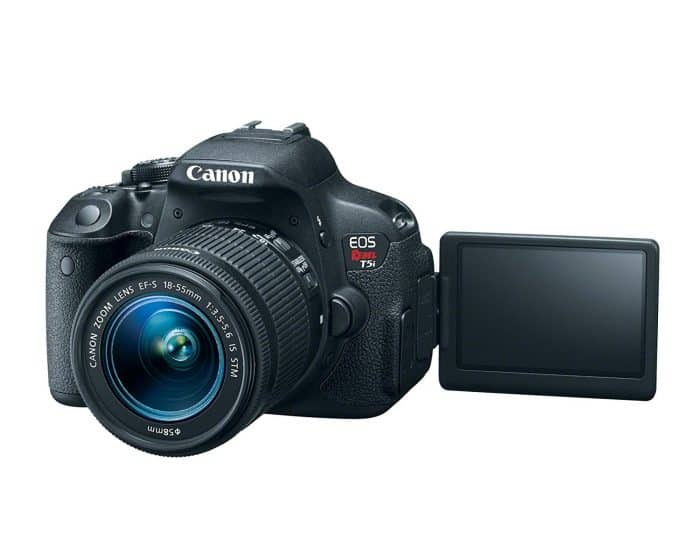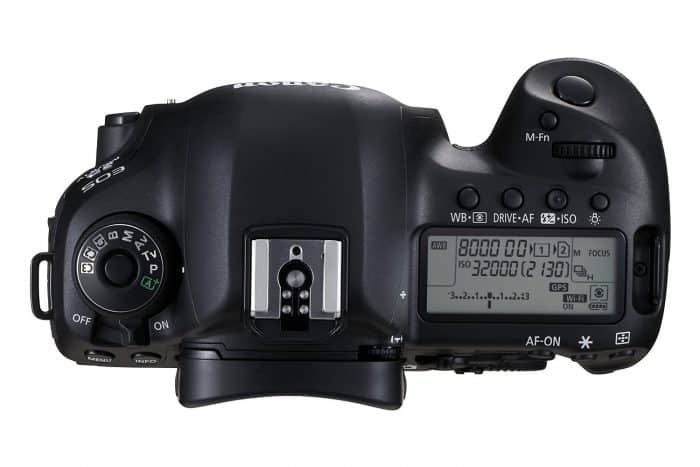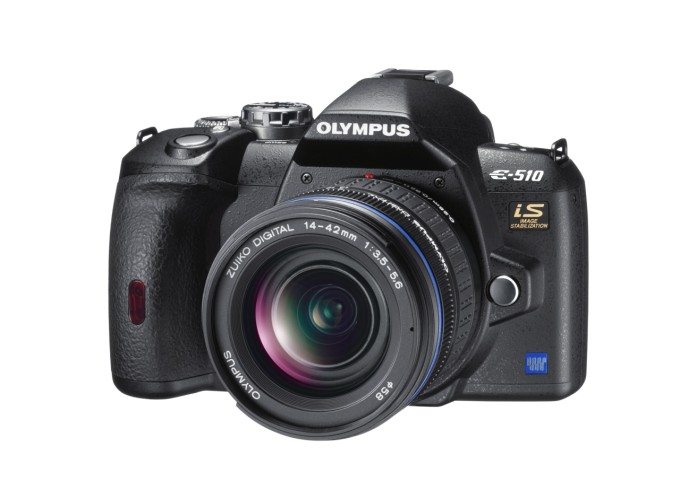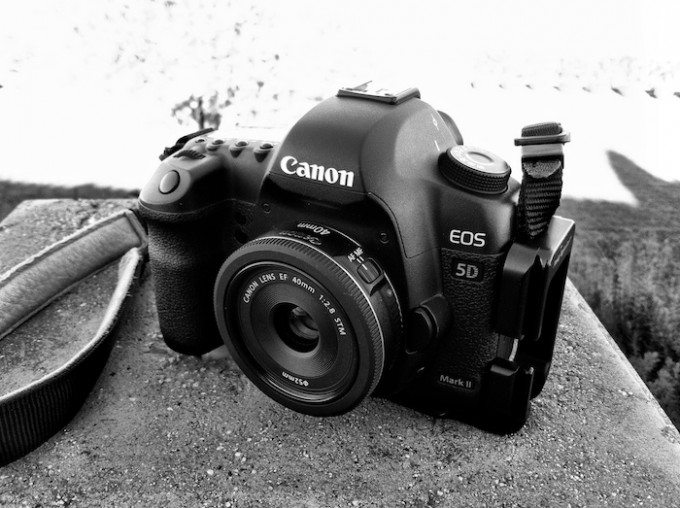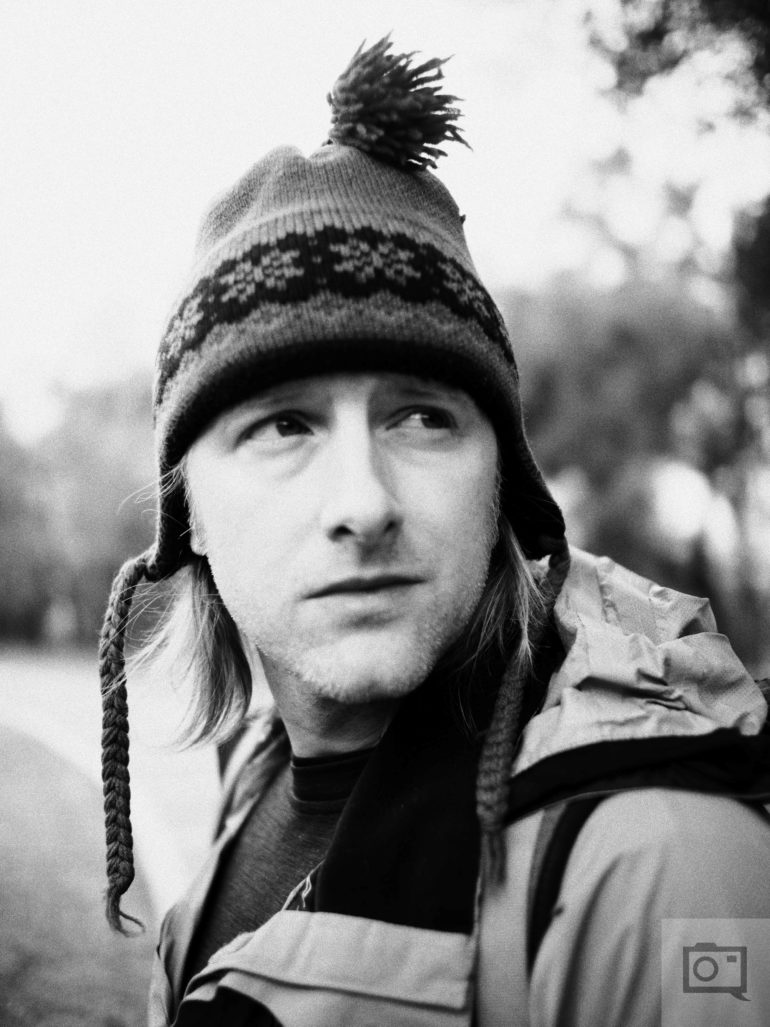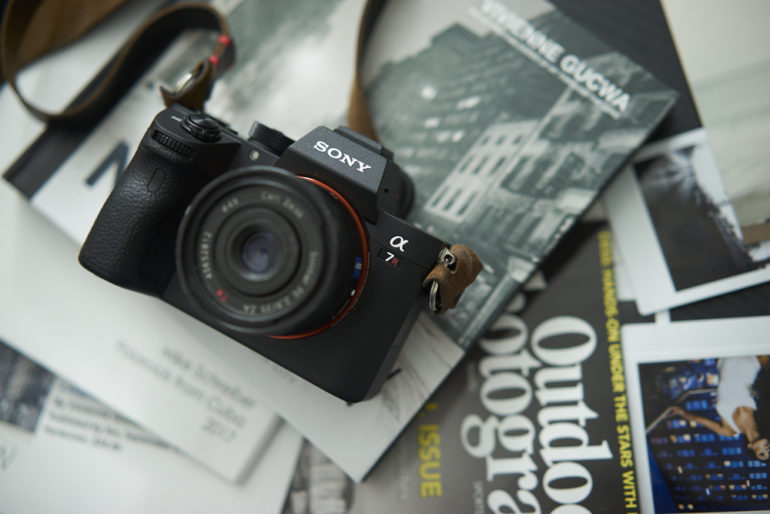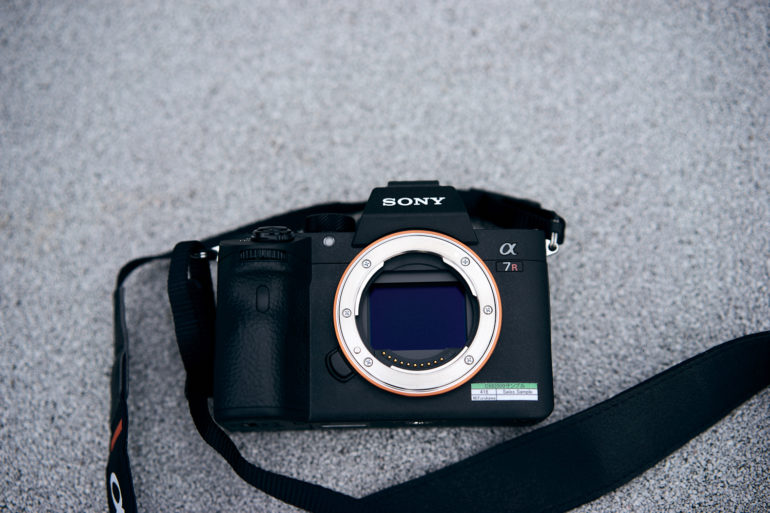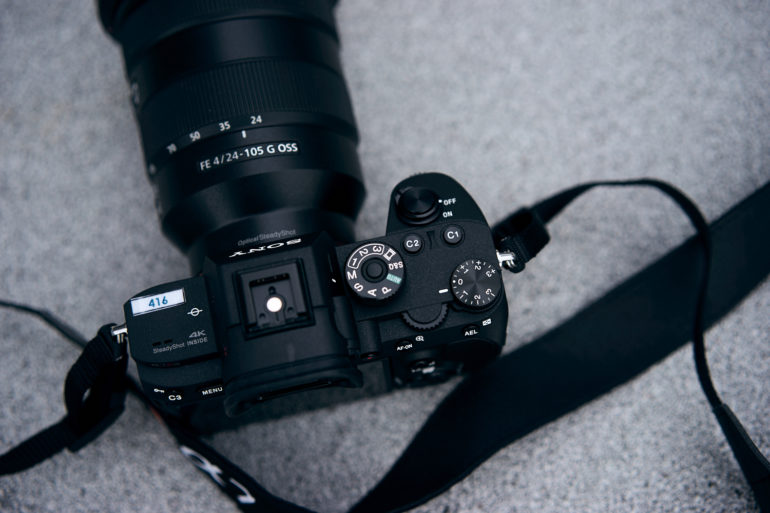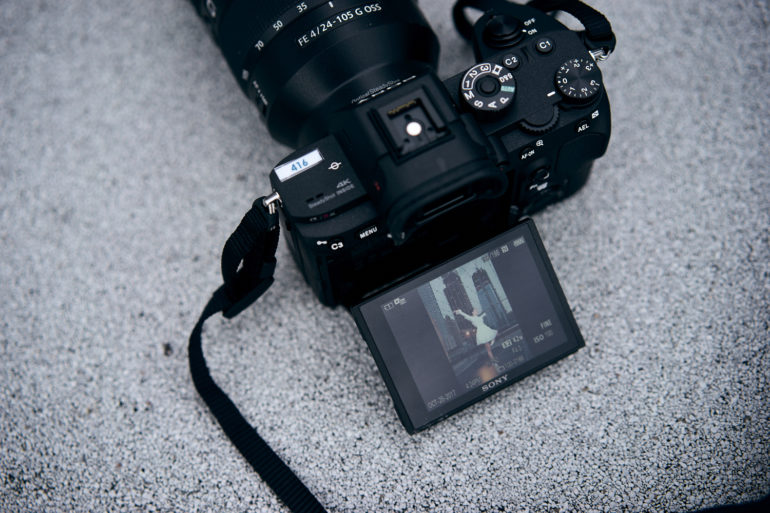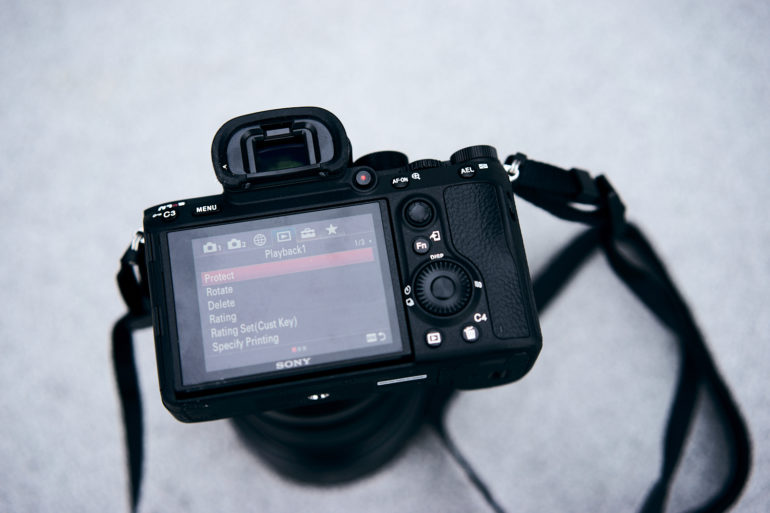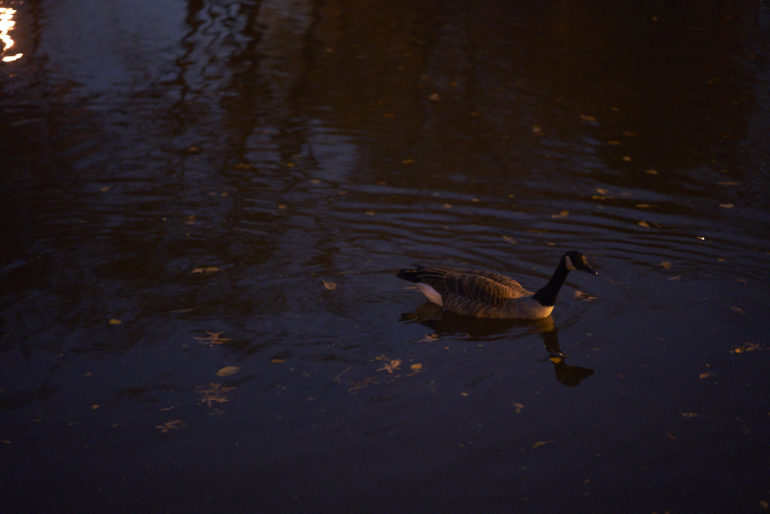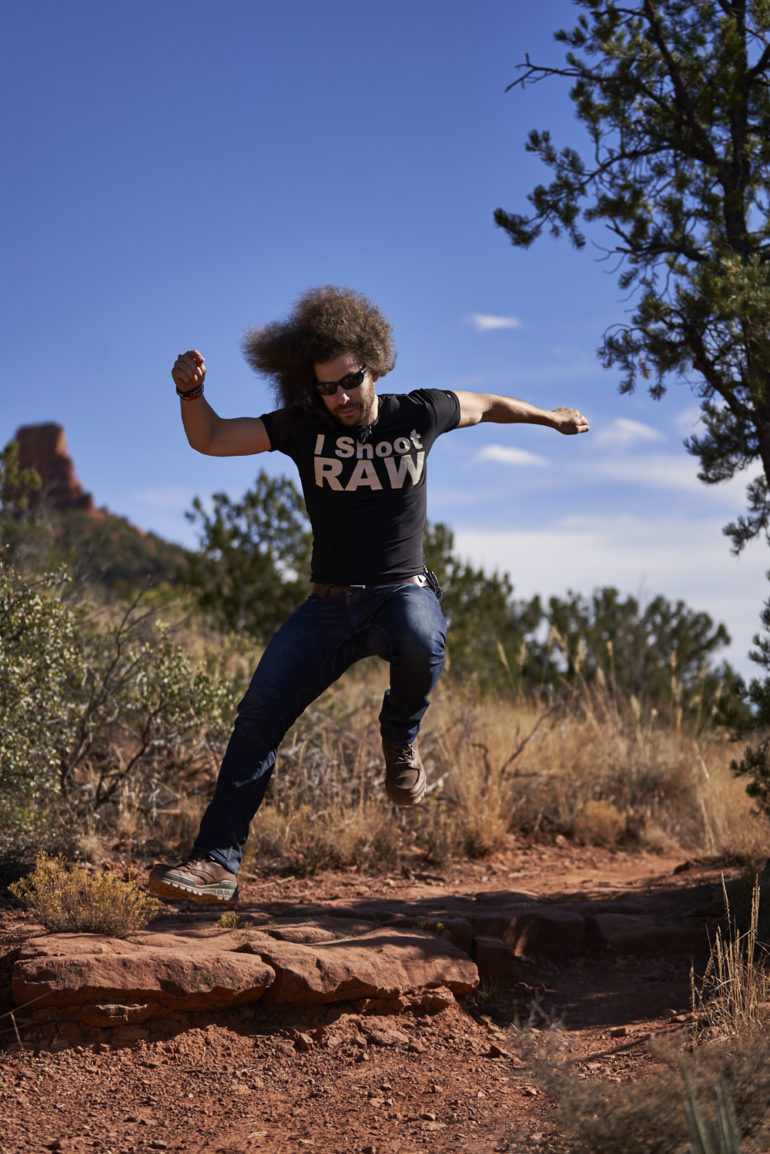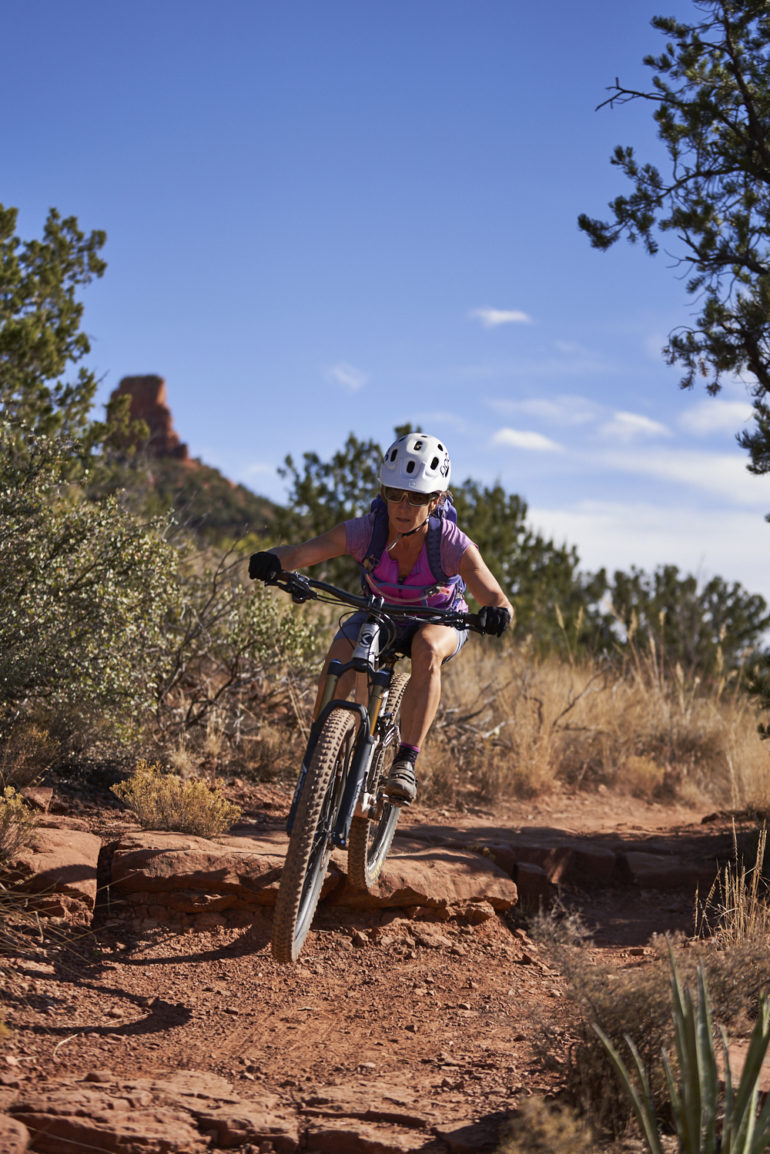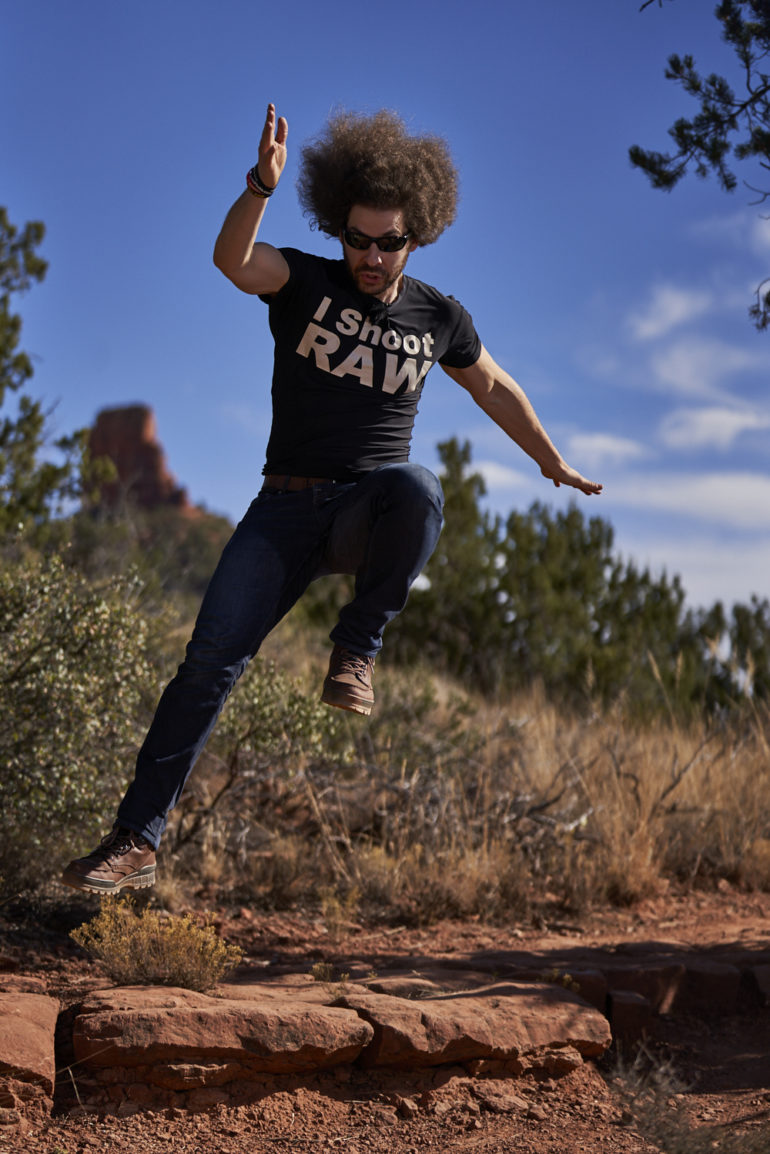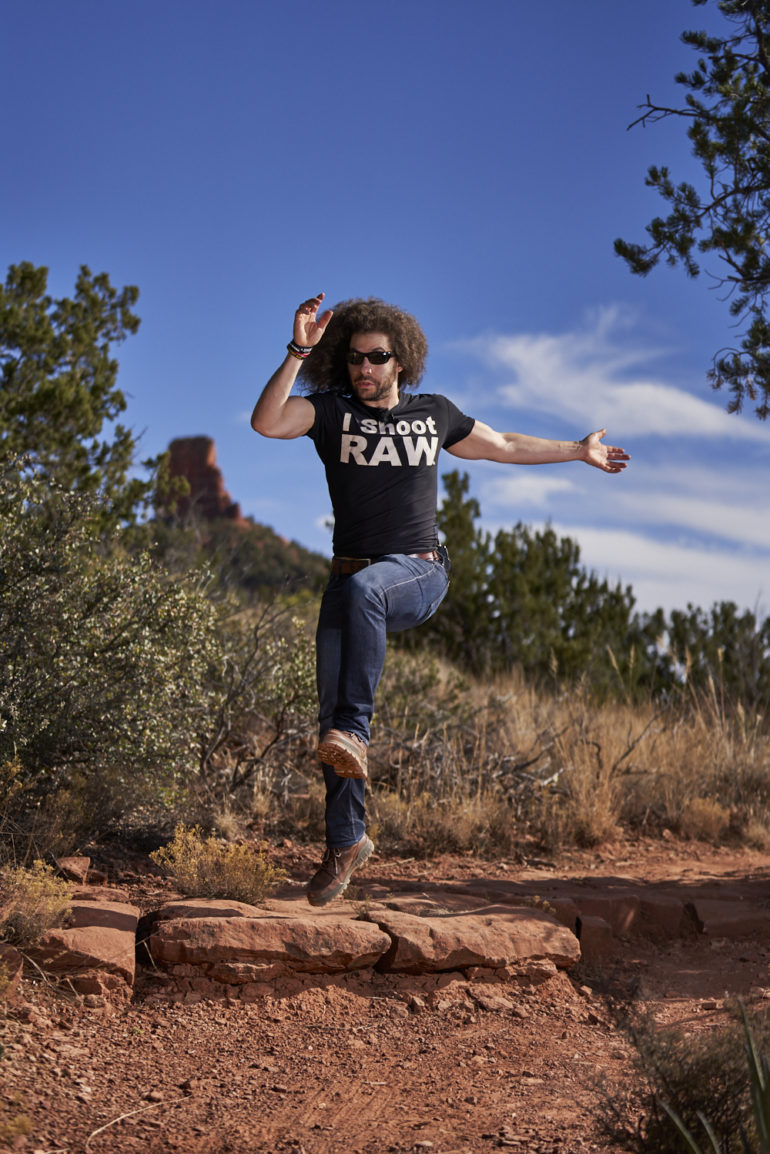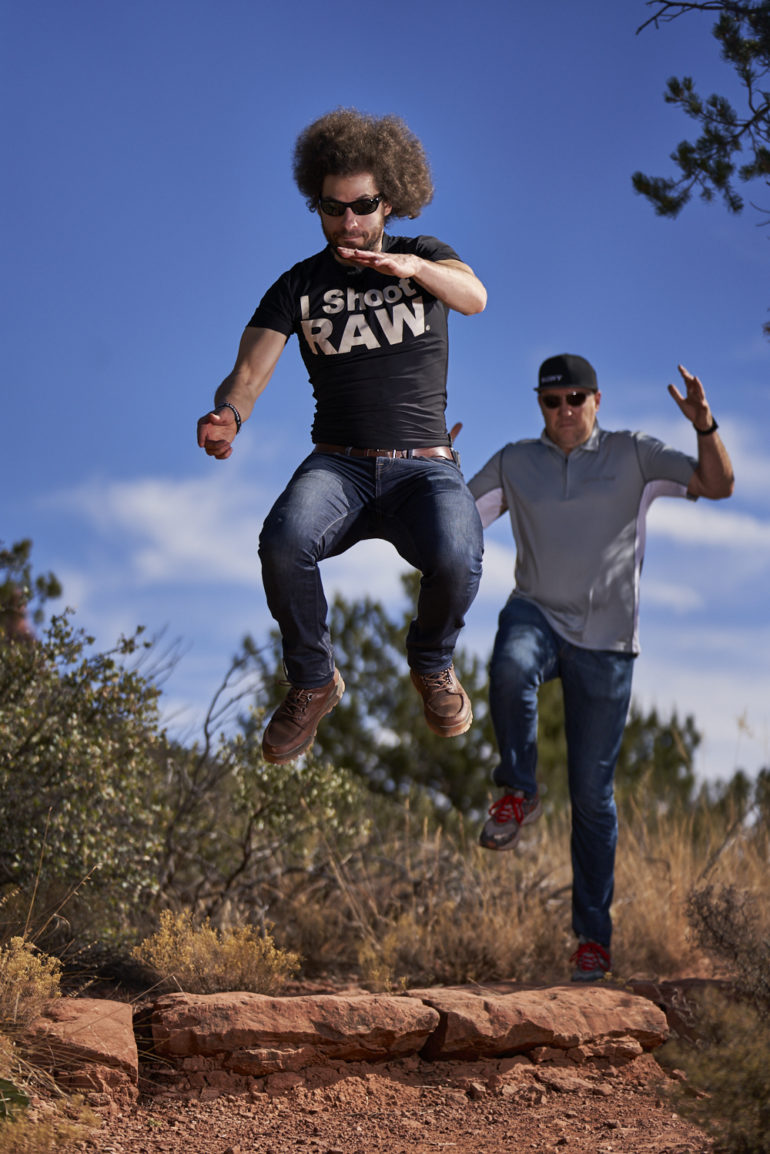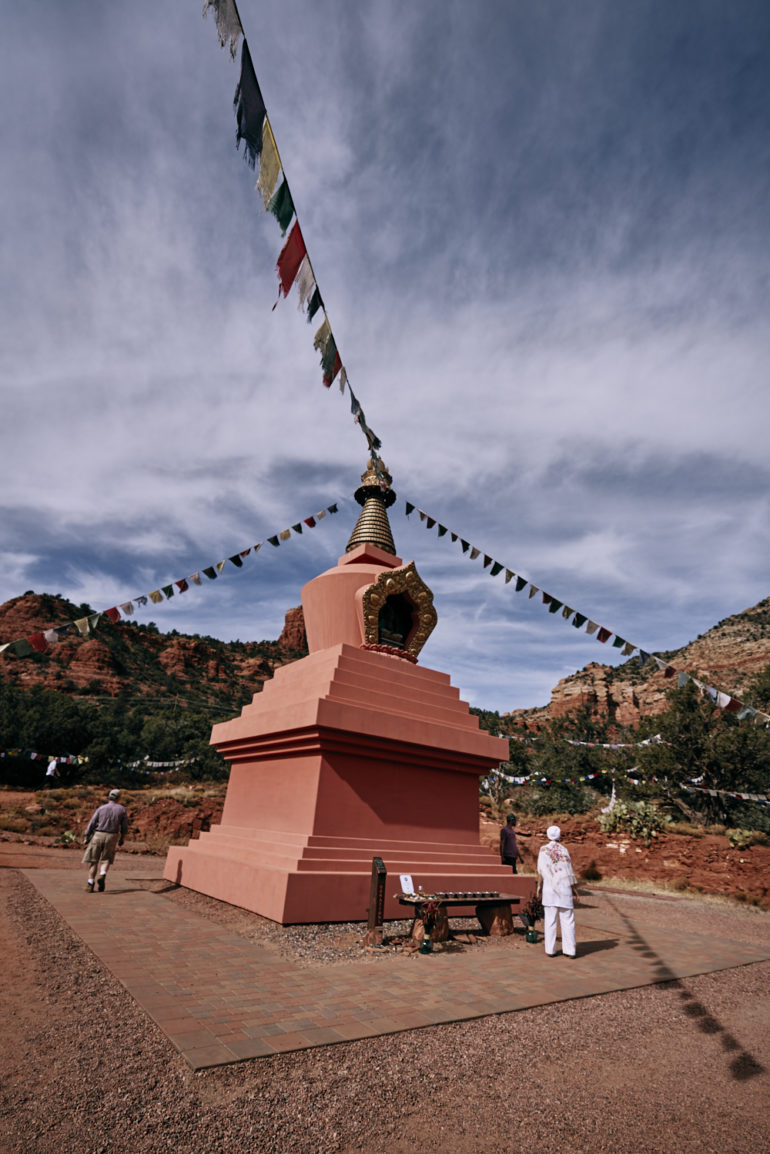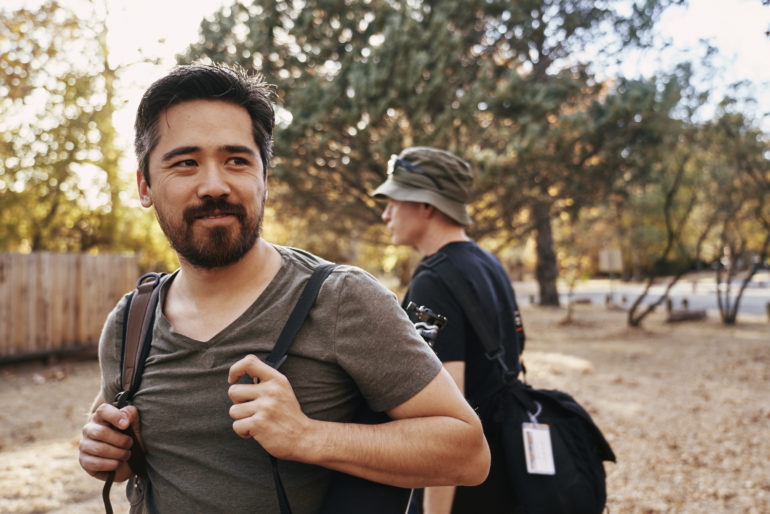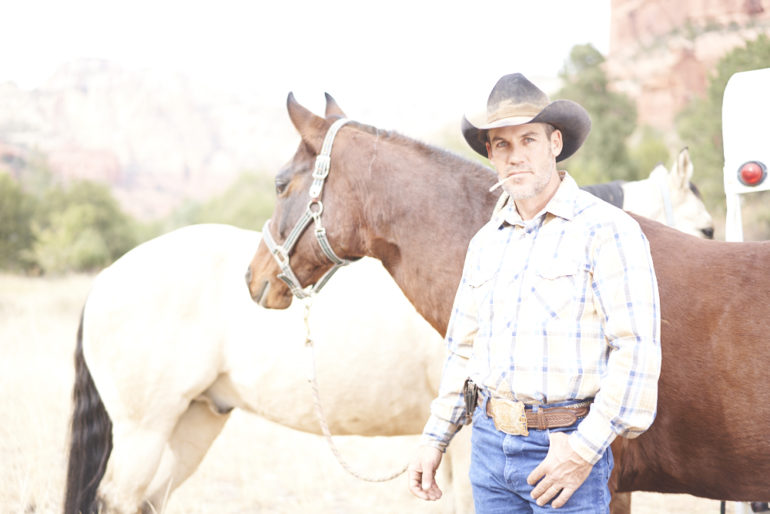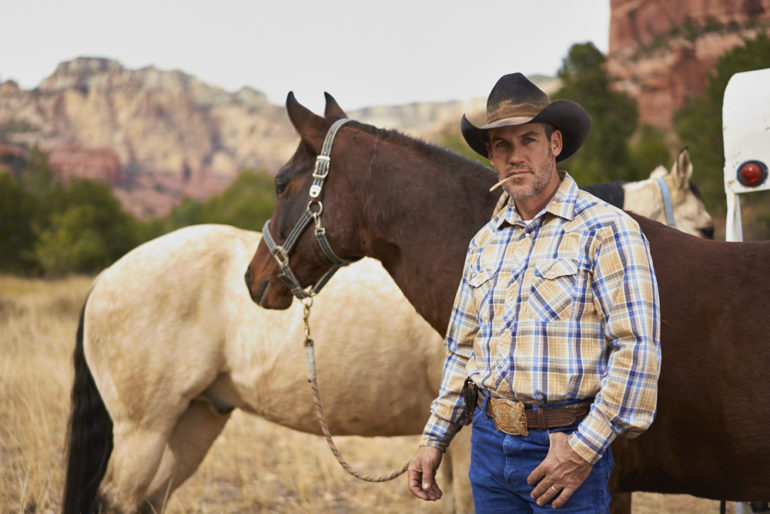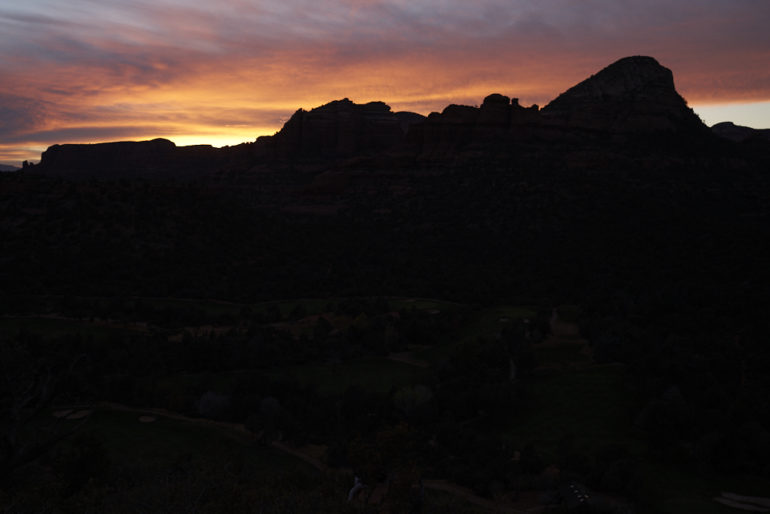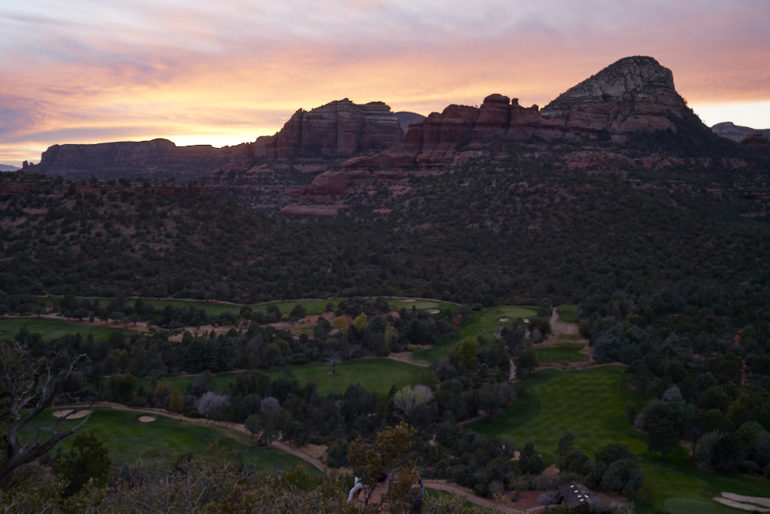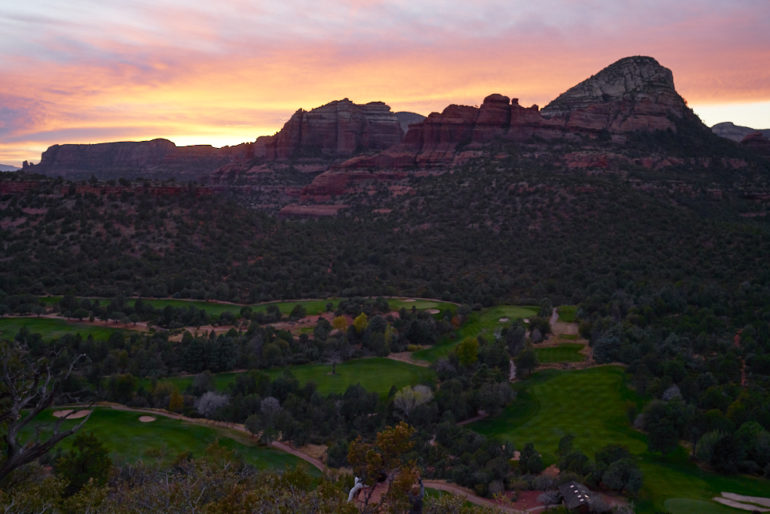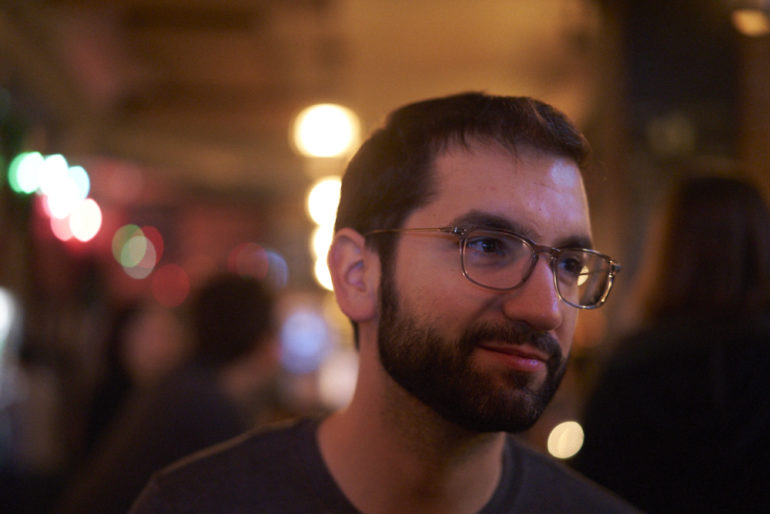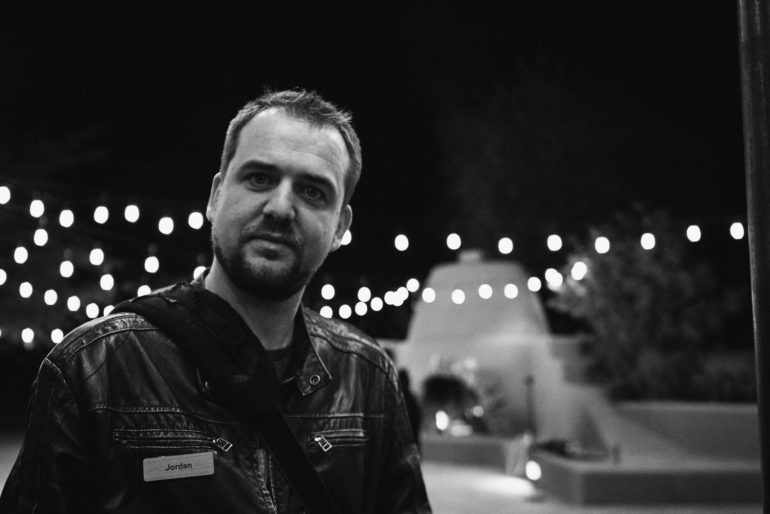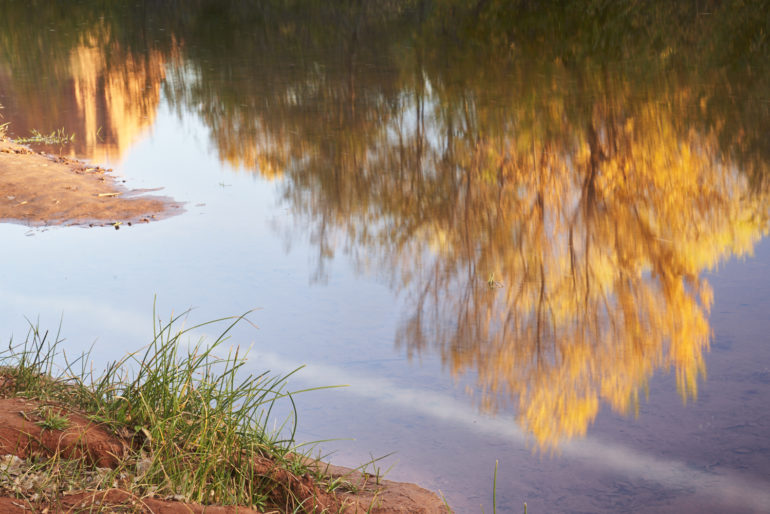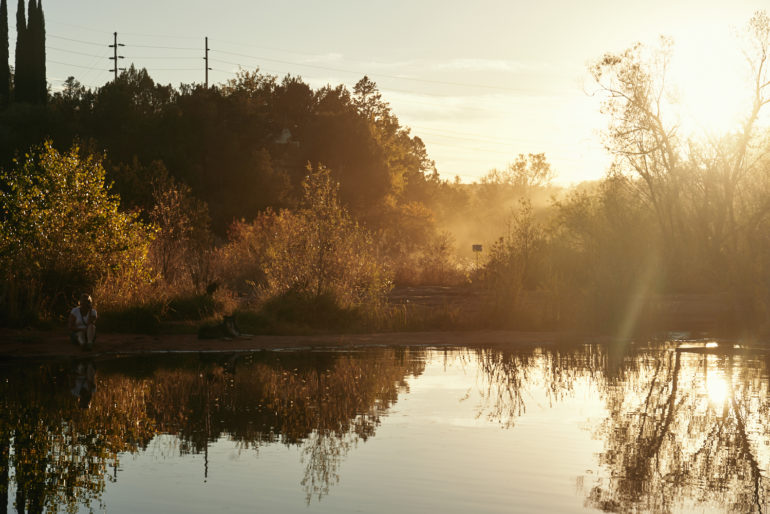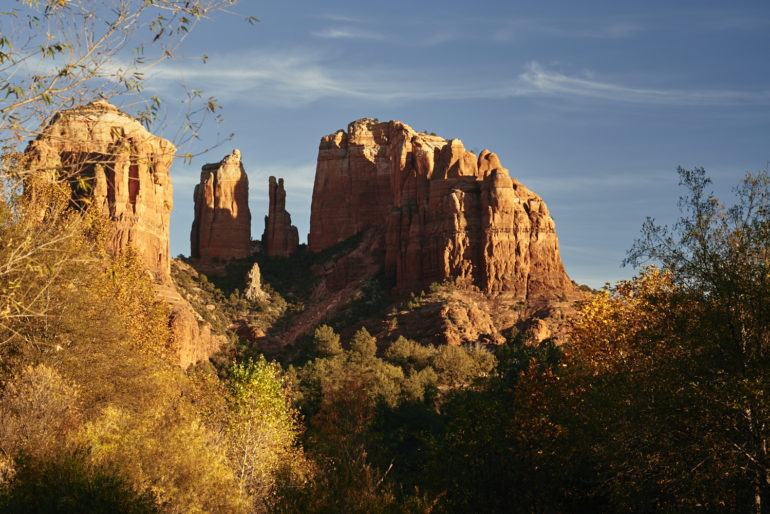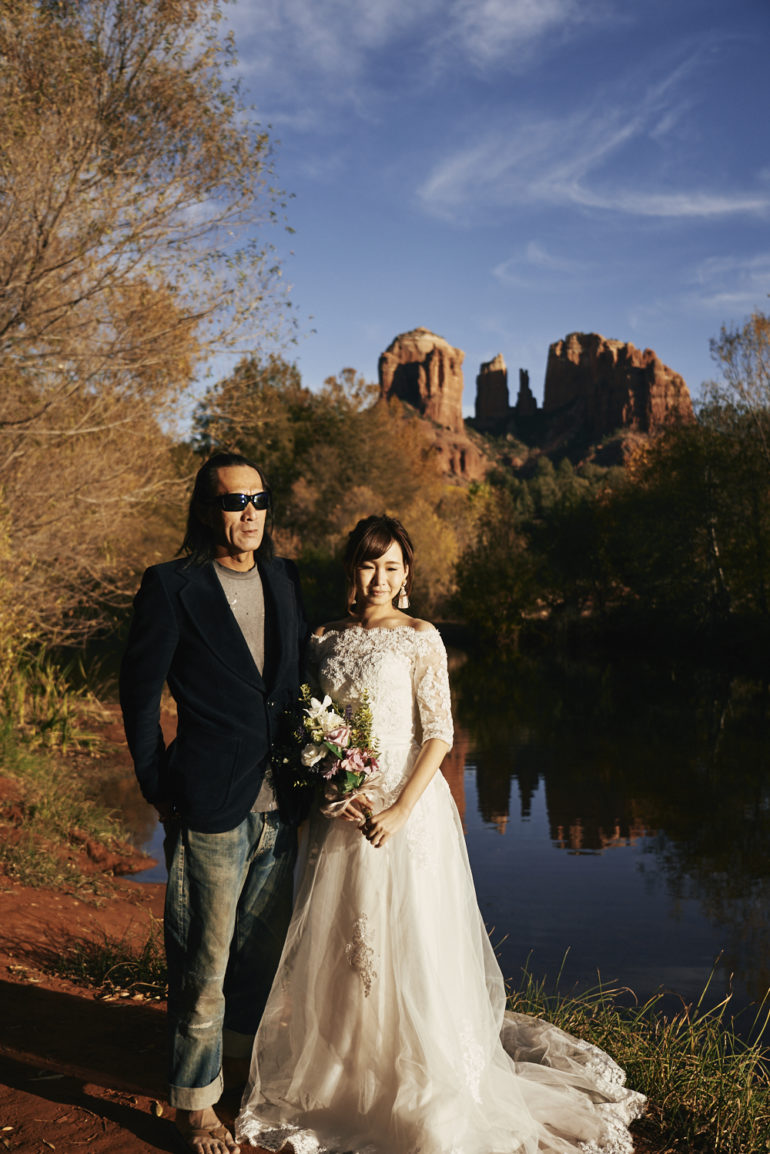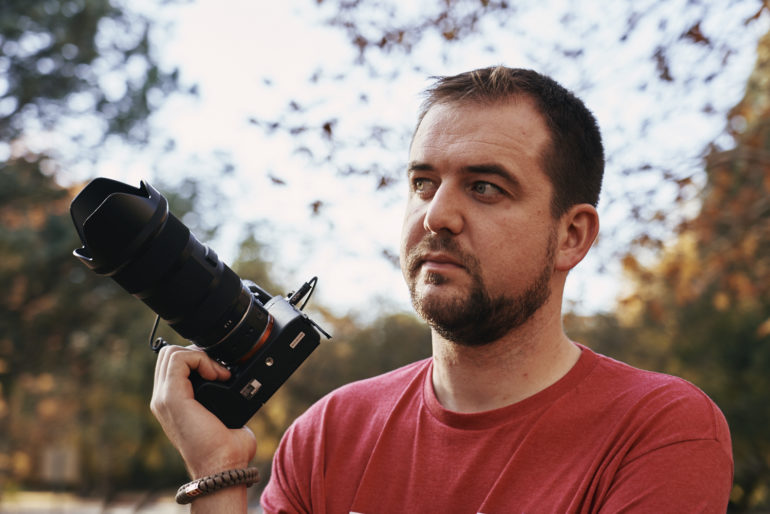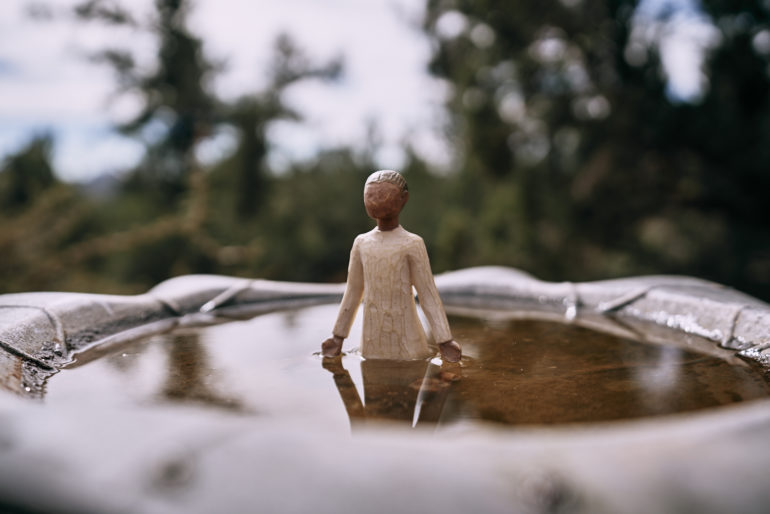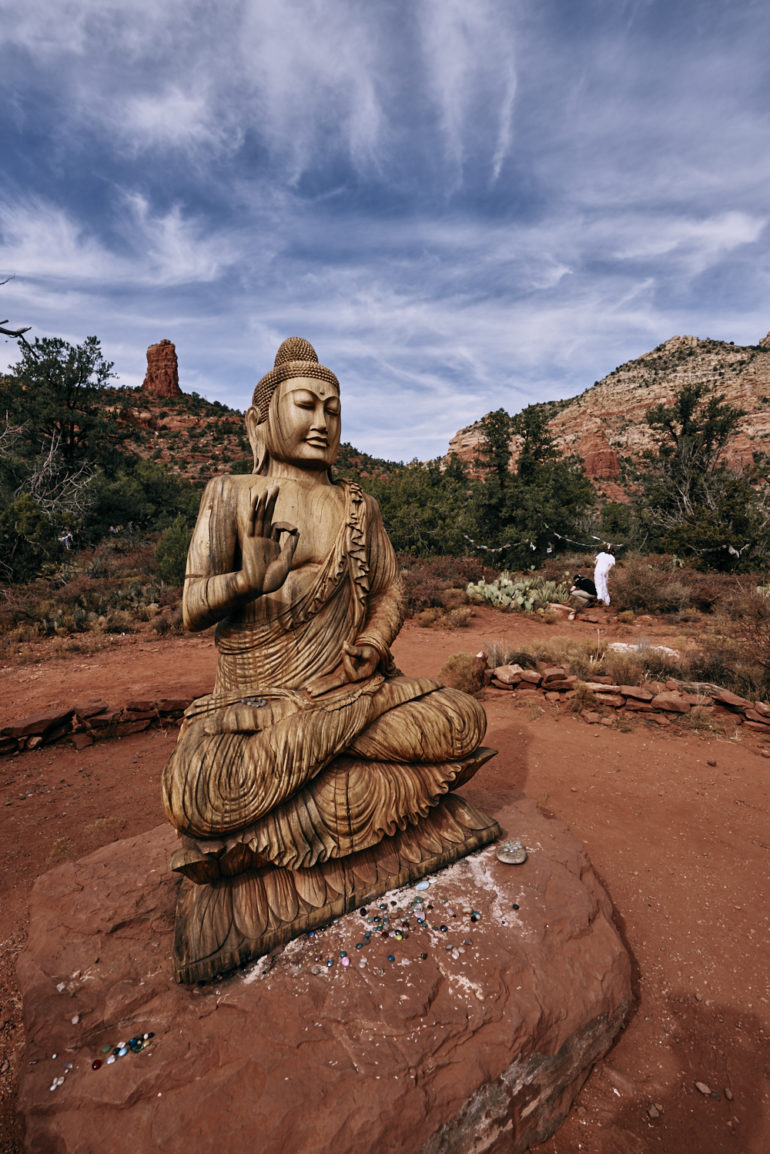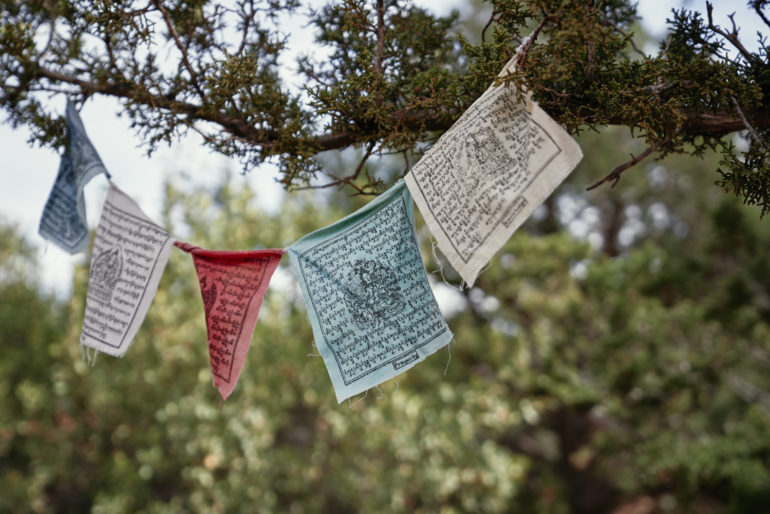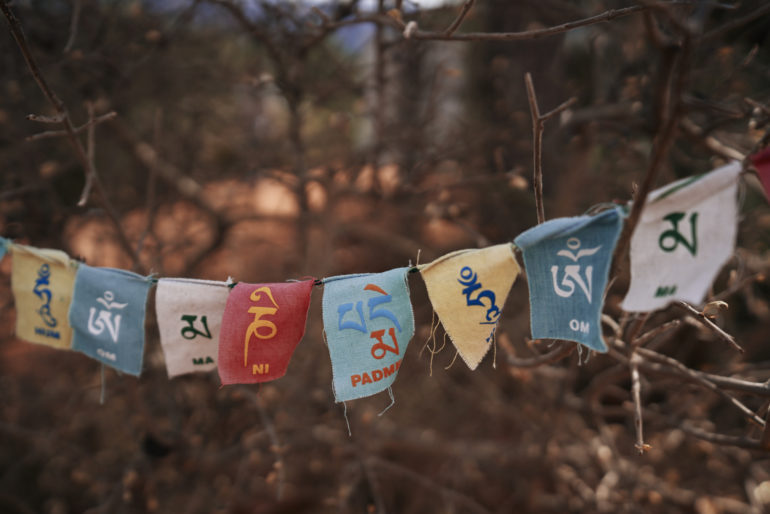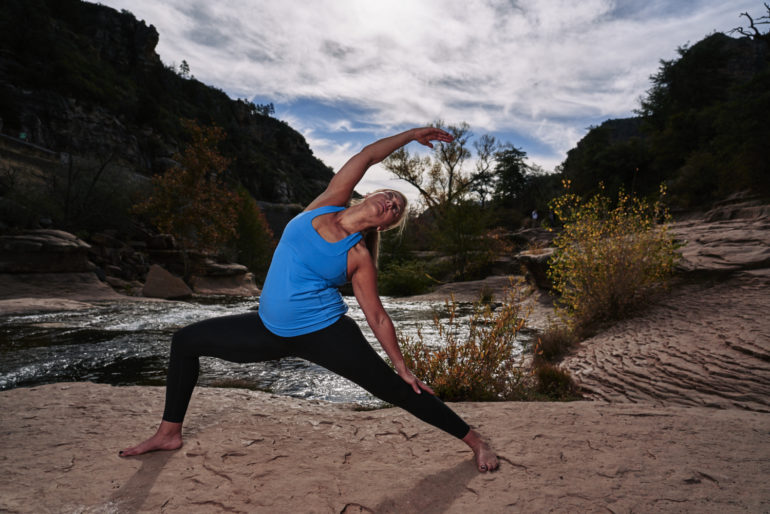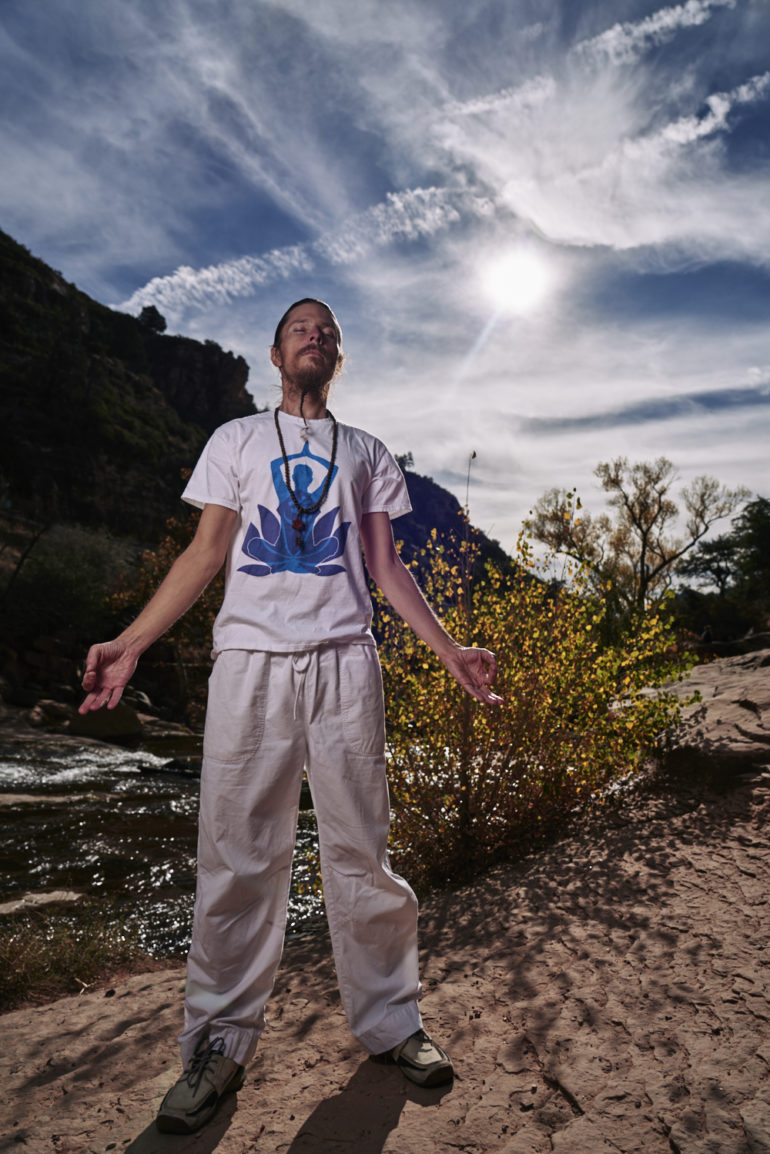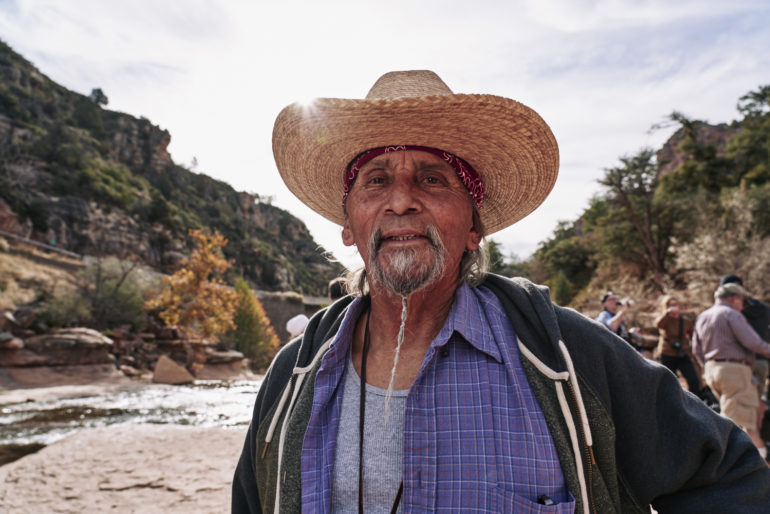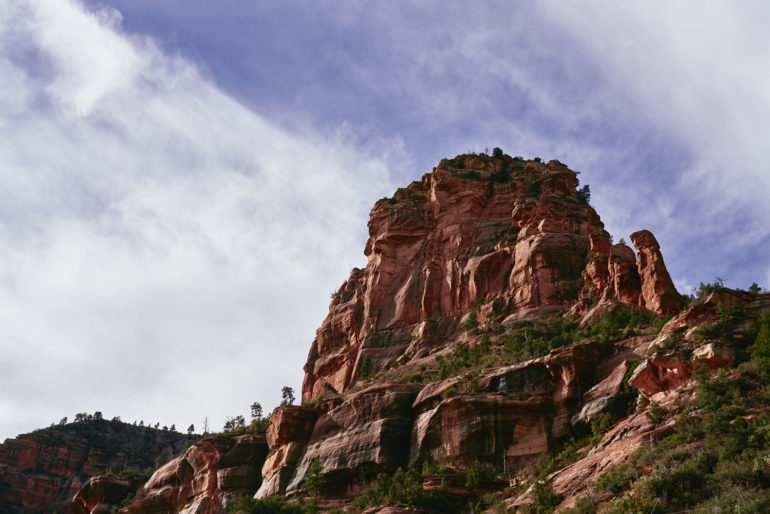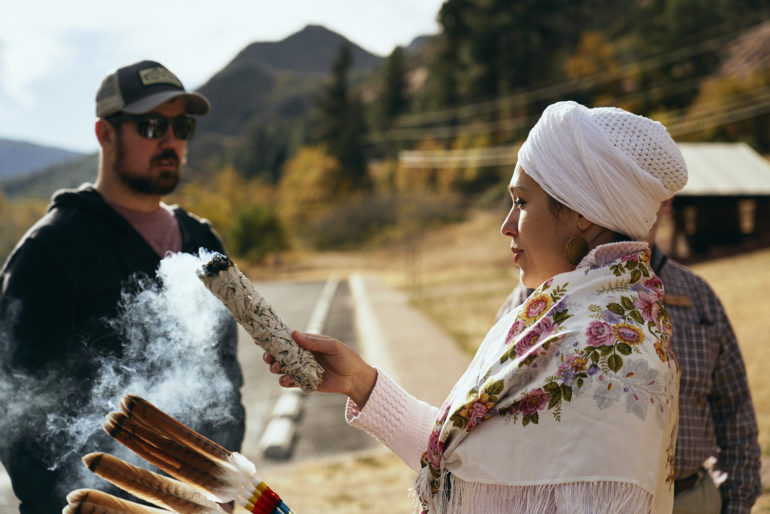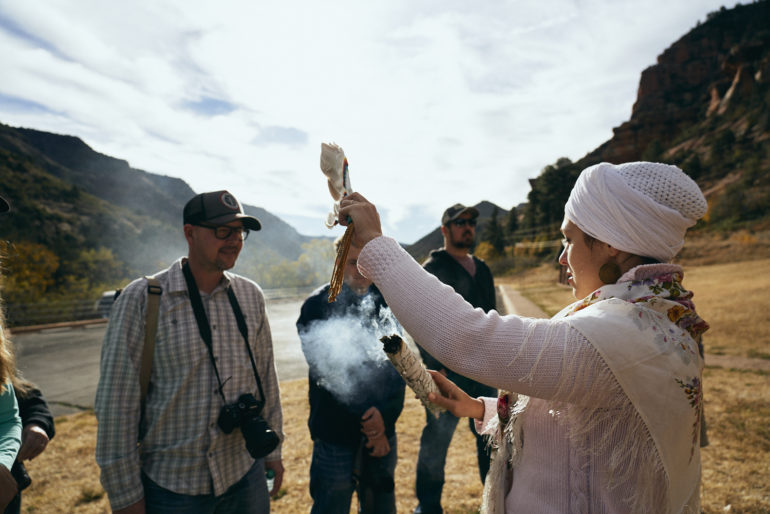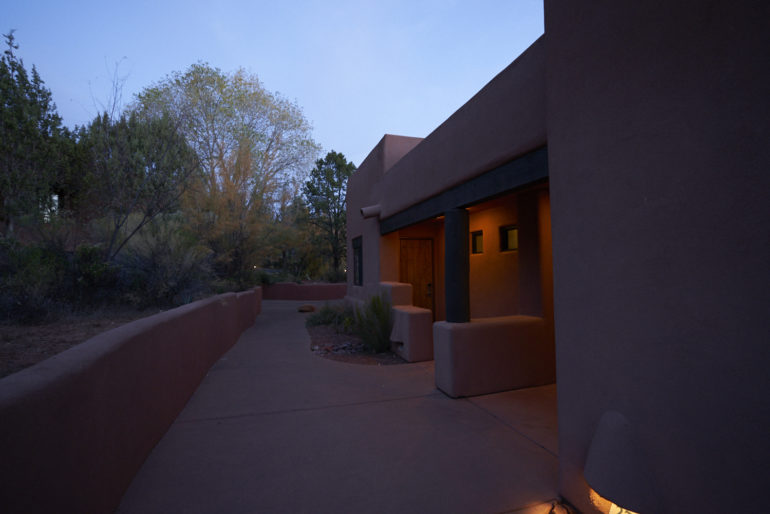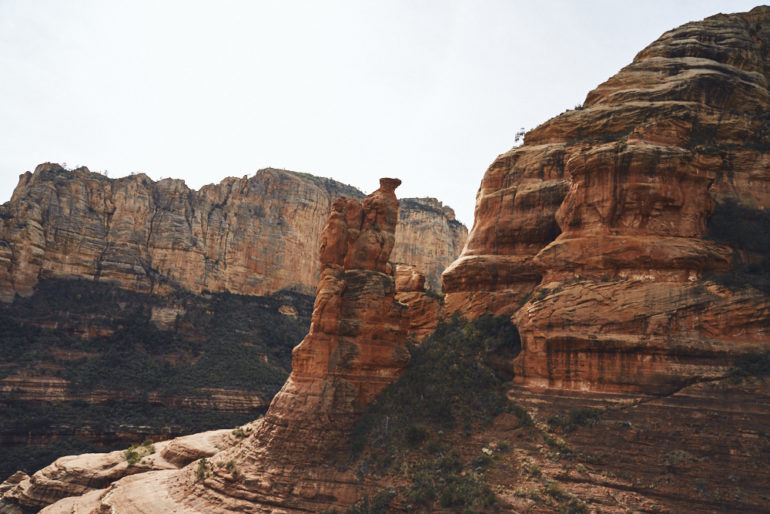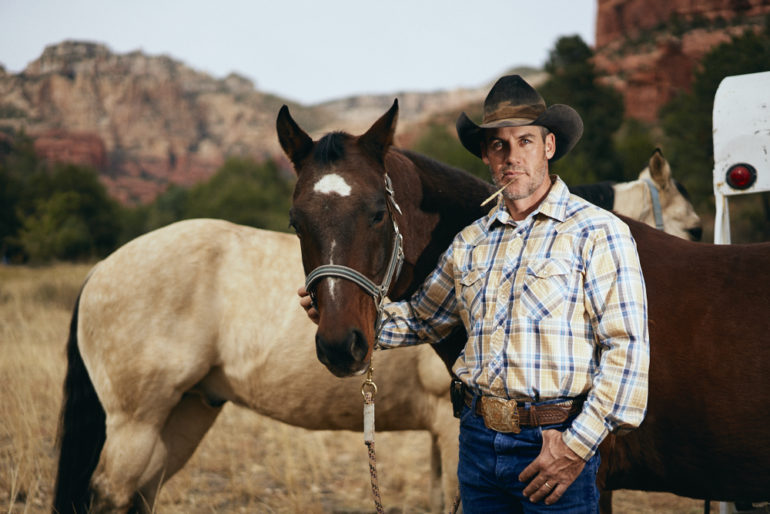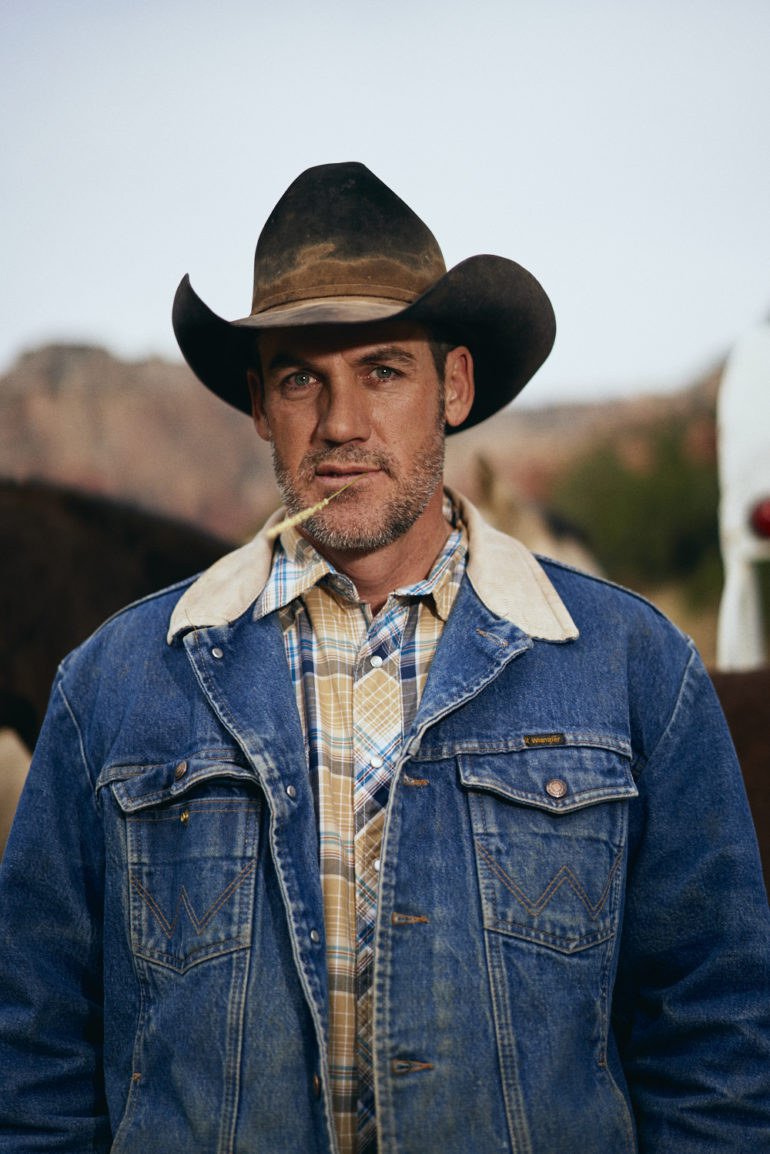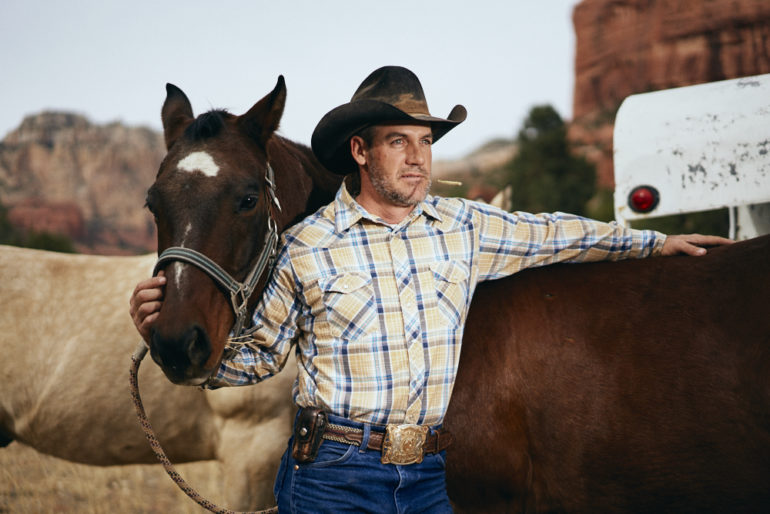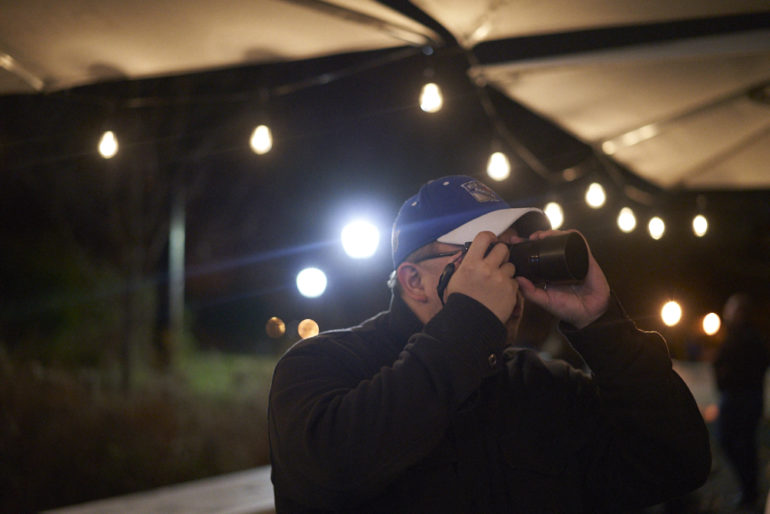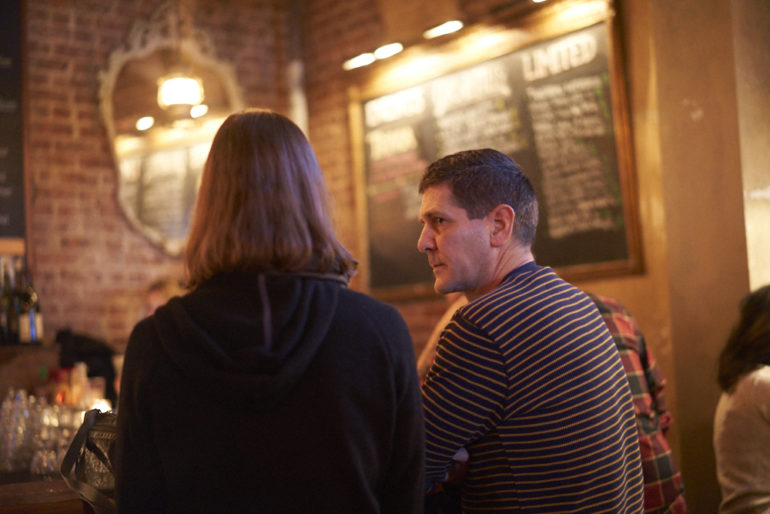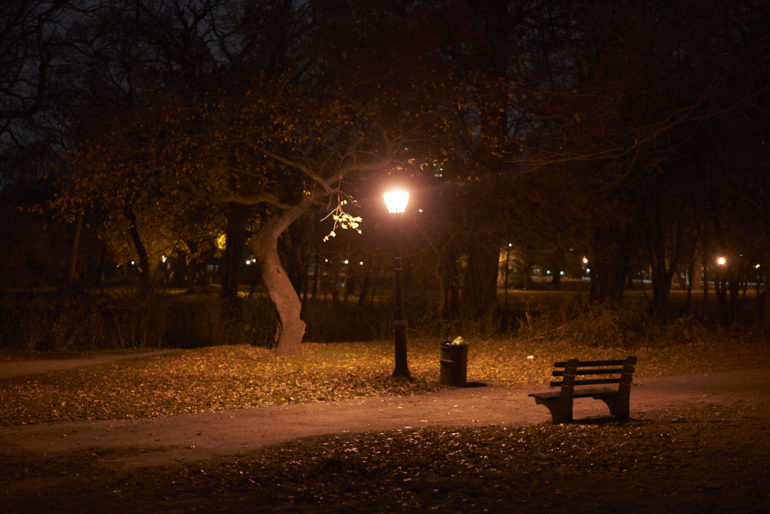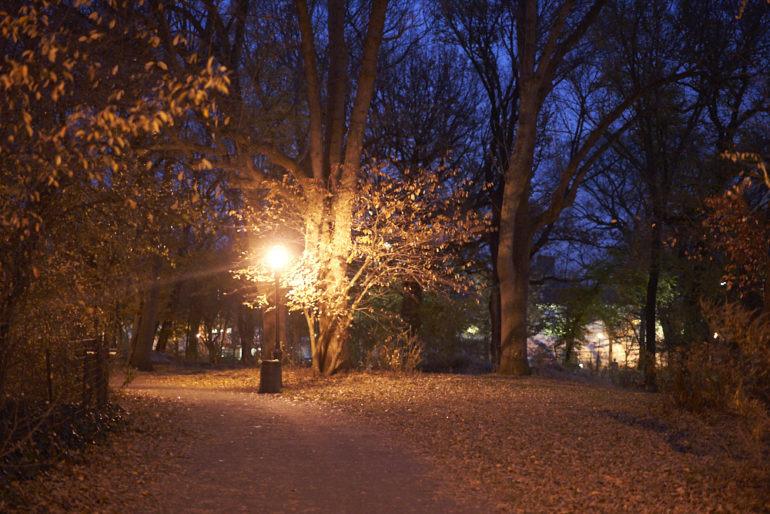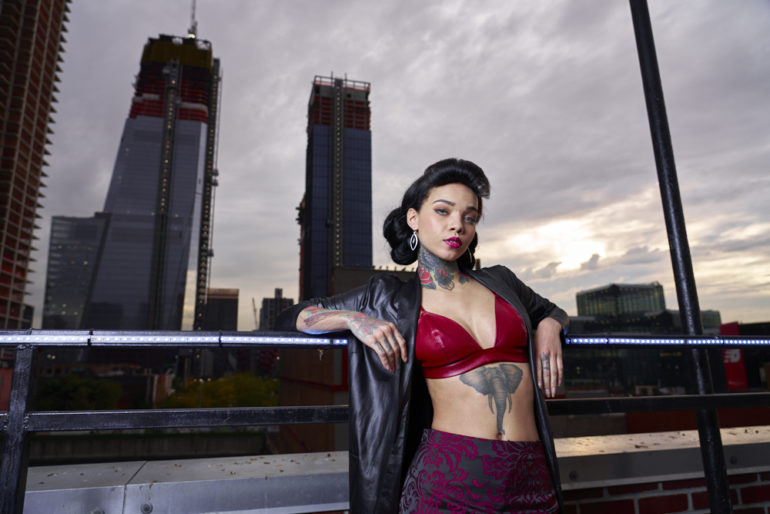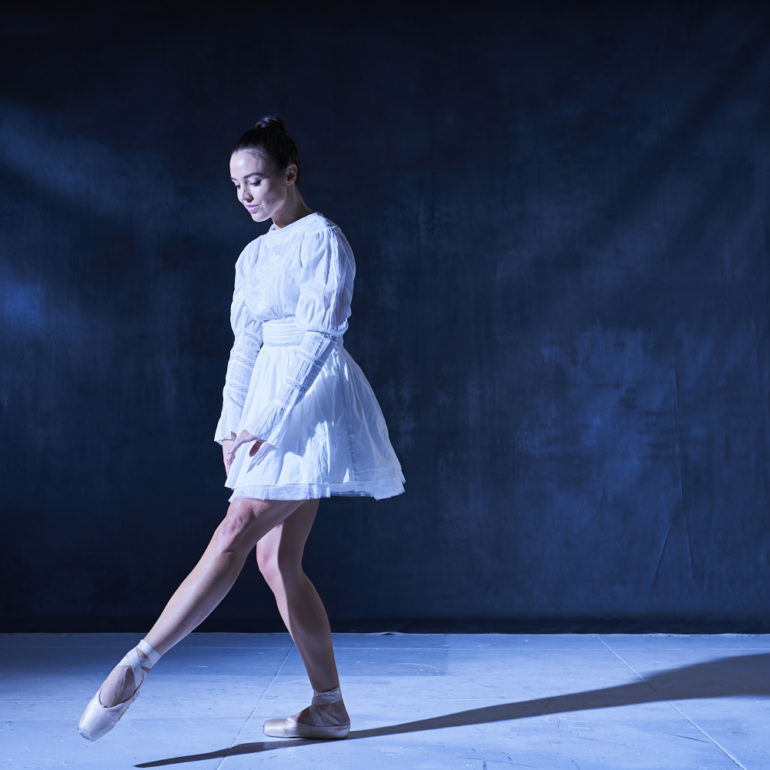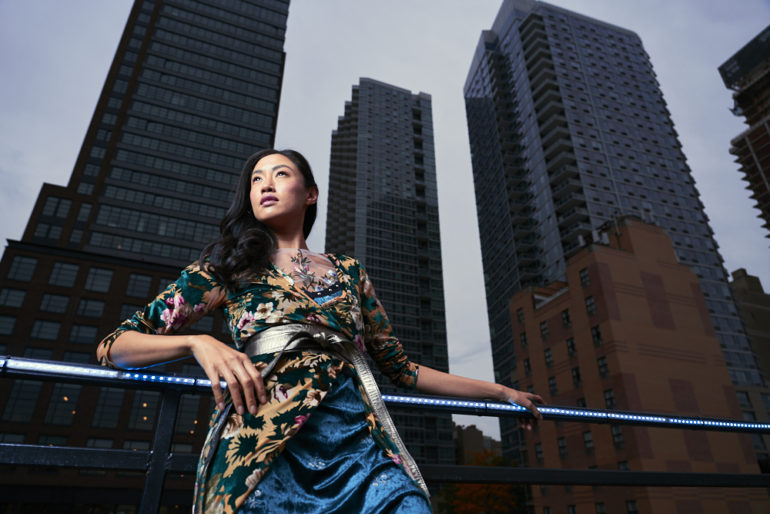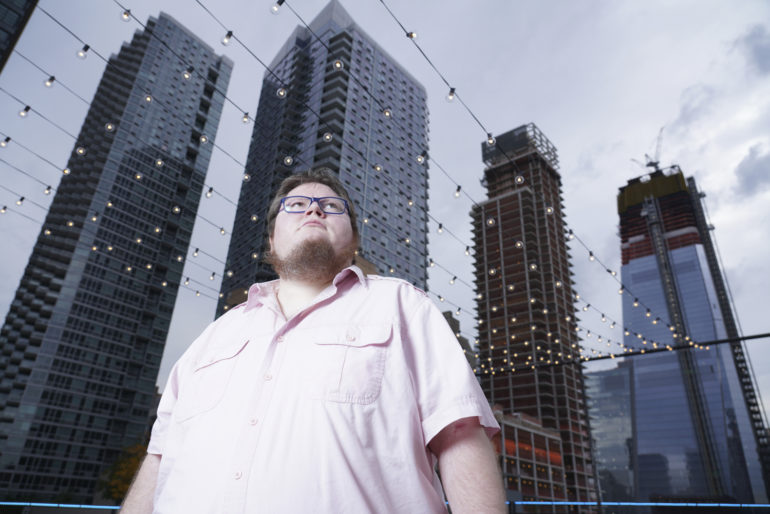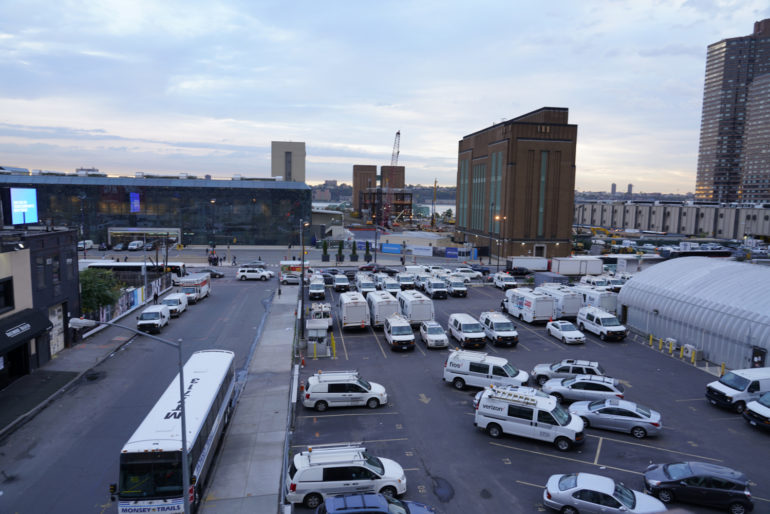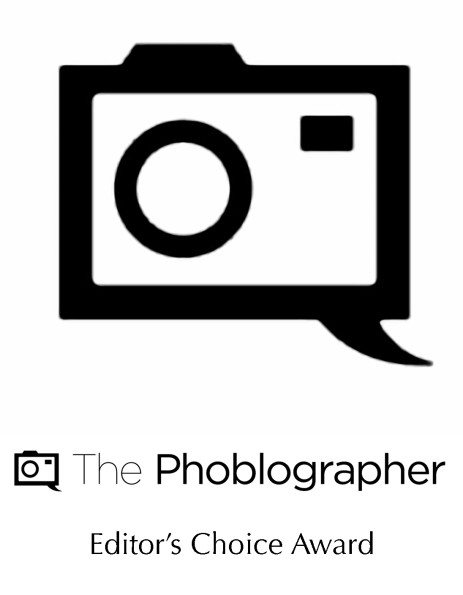Camera manufacturers have made some pretty huge strides in the past year. New models provide faster shooting for intense action, improved stabilization, crazy-good low-light performance, ultra-responsive autofocusing, smartphone-like interfaces, and better and faster in-camera image processing. Our favorite cameras of the year won't just make everything you shoot look better, they'll make you look better, too. Here are five models that serious shooters should seriously consider.
Sony A7RIII

Thanks to its incredible sensor and the roster of benefits that come with mirrorless cameras, this model's predecessor — the A7RII — set a new standard for professional full-frame systems. Now the Mark III is here to further leave the competition in the dust.
Who's it for: The camera is meant to be a more versatile offering than the recently introduced A9, which is oriented toward sports shooting, and it brings a host of new features that will be craved by landscape, portrait, and studio photographers, and pretty much everyone else, too.
The good: The new model improves on the Mark II's autofocus speed, in-camera stabilization, and image processing from the 42 megapixel sensor while adding a larger battery, a second memory-card slot, 10 frame-per-second shooting, a rear joystick for easier tuning of settings while shooting, and a flicker-free view through the electronic viewfinder while shooting at high speed. It also has something called Pixel Shift Multi Shooting, an optional mode in which the camera moves the sensor in one-pixel increments to capture four separate RAW images for each shot, totaling 169 million pixels. You can then combine the images into a single frame with "overwhelming" resolution and color fidelity.
Watch out for: The small-body blessing can be a big-lens curse — the camera remains unwieldy and uncomfortable while shooting with large glass. So you might find yourself included to use the optional battery grip, which makes it heavier, or reprogramming your shooting style to accommodate the balance.
Pro tip: As with any mirrorless camera, the sensor is prone to collecting dust that shows up on your images, so always carry a bulb blower with you (don't use cans of compressed air, which can coat your sensor with chemicals) and try to avoid swapping lenses in windy outdoor environments.
What others are saying:• "Sony's camera technology has been advancing at an incredible rate in recent years, and the A7R Mark III is an impressive example of them leveraging advances made in one model to extend the life of other bits of their technology. In this case, they took what was already one of the best sensors on the market, combined it with advanced processor from the fastest full-frame camera (the Sony A9) to produce a new hybrid simultaneously having very high resolution and very high performance, particularly in its autofocus system." — Dave Etchells, Imaging Resource
• "The Sony Alpha A7r Mark III is a highly versatile full-frame camera that can record detailed 42 Megapixel photos, film high quality 4k video, and handle itself respectably for sports with decent autofocus and 10fps bursts." — Gordon Laing, Camera Labs
Camera type: Interchangeable-lens digital cameraSensor: 42.4 megapixel 35mm full-frame Exmor R CMOS sensorLens mount: E-mountOther features: 10 fps continuous shooting speeds with full autofocus and autoexposure tracking, 4K video capture Nikon D850

As much as we love mirrorless cameras, there something equally great about tough, reliable full-frame DSLR. The Nikon D850 is easily the best yet, combing two usually mutually exclusive qualities — high frame rate and high megapixels—into a robust, weather-sealed package that you can take up the mountain or across the desert with few worries.
Who's it for: Shooters who want a lot of the pro-grade features of the pricier and bulkier D5 but don't want to carry a cinder block of a camera around. Also great for lens fanatics who want to tap Nikon's vast collection of glass options for its full-frame lineup, meaning you'll always be able to dial your shooting in exactly as you want it. Finally, it's great for people who crave the benefits of high-megapixel shooting. These include increased flexibility while editing and the ability to easily crop out portrait-format images from landscape shots without compromising image quality.
The good: The camera offers a 45-megapixel sensor and up to 9 frames per second, along with a 153-point autofocus system and a tilting rear touchscreen LCD. It has a few magic tricks in there, too, including 4K timelapse assembled in-camera and 8K time-lapse capability with additional processing, as well as a focus-stacking feature that permits extraordinary sharpness in a wide variety of conditions.
Watch out for: The Snapbridge app tool for transferring images from camera to smartphone via wi-fi or Bluetooth remains an awkward proposition, requiring a degree of attentiveness during the process that can slow you down when trying to post images on the go.
Pro tip: Many photographers dismiss high-megapixel cameras as unnecessary, but they aren't just for making billboard-size prints. So take advantage of those megapixels! Shoot with the highest quality glass you can afford so that the sharpness and resolution match the capabilities of the sensor, and fine-tune your image while editing by cropping in for a "freebie zoom" effect or even hunting new compositions that are different from your original shot. High megapixel sensors essentially mean you can get two shots in one, and you'll quickly learn to incorporate that thinking into your actual shooting.
What others are saying:• "Based on our extensive research, the Nikon D850 is a very solid and impressive tool that can satisfy any photography need. Without a doubt, it is Nikon's most technologically advanced camera to date." — Nasim Mansurov, Photography Life
• "The D850 is the best camera I've ever owned. Period. It offers resolution, speed, power, focusing, ergonomics, high ISO performance, build and more. No other DSLR comes even close to offering such a complete, flexible and all round package. Whilst the D810 was my favorite camera, the D850 is my dream camera, exceeding my expectations and then some. It combines the very best parts of Nikon's best cameras." — Richard Peters, Richard Peters Photography
Camera type: Single-lens reflex digital cameraSensor: 45.7 megapixel BSI CMOS sensor (backside-illuminated, a first for Nikon DSLRs)Lens mount: Nikon F bayonet mountOther features: 153-point autofocus system, 4K video capture at 30/24 fps, 1080p video capture at up to 120 fps, 3.2-inch tilting touchscreen FujiFilm X-T2

Okay, maybe you can have it all in a mirrorless camera, after all—performance and durability. The new X-T2 is turning heads for its one-size-fits-all appeal, its economy of both design and price, and it's ultimate image quality.
Who's it for: Economy-minded photo enthusiasts. At $1,600, the camera is also refreshingly affordable in this day and age when $3,000 seems to be the default entry point for quality camera bodies.
The good: The X-T2 is weather-sealed for intense field action, provides up to 11 fps shooting, and has 325 total autofocus points. It doesn't have quite the megapixel offering of other models, at 24, but that may not matter to you — especially when you peep those pixels. The camera's initial image quality is sensational, meaning it's versatile and you'll be able to share photos fast and with little fuss. Rugged, prominent controls and dual memory slots make it an avid shooter's dream.
Watch out for: Though good in low light, there are some gotchas, including often slow focus-acquisition, and it's known for occasionally rendering unnatural-looking JPGs when shooting high-ISO. So always shoot RAW as well as JPG!
Pro tip: Use the dual-memory-card slots smartly — as direct carbon-copies of each other. This will guarantee that if you lose a card or one fails, which does still happen, you won't lose anything.
What others are saying:• "With a brilliant new AF system, lovely handling and an updated sensor that delivers pin-sharp images, the X-T2 has to be one of the most desirable cameras available right now." — Phil Hall, TechRadar
• "No, this camera was designed for wedding photographers, street togs, and travel shooters — genres where great AF speed and a high frame rate will frequently help you nail the shot, where you might want to shoot from the hip, where a Canon 1DX might honestly be considered 'overkill.'" — DL Cade, PetaPixel
Camera type: MirrorlessSensor: 24-megapixel X-Trans CMOS III sensorLens mount: Fujifilm X-mountOther features: 325 total autofocus system, 1/8000 mechanical shutter speed, 4K video capture, optional Vertical Power Booster Grip Canon EOS M100

Compact cameras are not giving up the ghost to smartphones without a fight, and the M100 packs a pretty serious punch—both in the body itself and in the range of lens options at your disposal.
Who's it for: The entry-level interchangeable-lens mirrorless camera is designed to be a step-up for enthusiast smartphone shooters, and it offers a lot for those embracing that transition.
The good: The M100 has quick wi-fi and NFC image transfer capability for fast posting on social media, a 3-inch tilting LCD that will appeal to the vlogging crowd who like to flip the camera around to shoot themselves, and smartphone-like interfaces that are smooth and intuitive. Image quality from the 24-megapixel sensor is also great, with both manual controls and an auto mode that won't embarrass you or come up short in the heat of the moment.
Watch out for: No 4K video. When every smartphone now offers 4K shooting, it will likely be the sole disappointment for users who want everything to be a step up from smartphones.
Pro tip: The built-in flash will be a big improvement over smartphone flashes, for sure, but practice with it before actually relying on it. Small flashes may be great in certain scenarios, but you need to know their absolute limits of practical usefulness. A small group of people? Great! A big room? You'll likely get diminishing returns and only partial illumination.
What others are saying:• "The EOS M100 succeeds in an area where many others fail: It's a fun camera to use. Auto mode works great for casual snapshots, there's an abundance of fun creative modes to play around with, and taking manual control over the M100 works more smoothly than the single control dial would suggest. It proves itself to be a great option for the novice photographer while still allowing room to grow." — Carey Rose, Digital Photography Review
• "It's been said that "Good things come in small packages" and this camera embodies that statement. Canon's EOS M-series cameras, squeezing large APS-C sensors into tiny bodies, represent a maximization of image quality relative to camera size and weight. While initially these models achieved DSLR-grade image quality, they sacrificed performance in some regards." — Bryan Carnathan, The Digital-Picture.com
Camera type: Digital single-lens non-reflex AF/AE cameraSensor: 24.4-megapixel CMOS sensorLens mount: Canon EF-M mountOther features: 49-point autofocus system, tilting LCD display Hasselblad X1D-50c

Pricey? Yes. Absolutely amazing? That, too. Hasselblad's newest mirrorless medium-format camera features a Sony-sourced 50 megapixel sensor that just scored the highest mark of any current camera from sensor-ranking company DxOMark.
Who's it for: Fine-art photographers, landscape shooters, portrait-makers—but not really those looking to capture, edit, and post sports or action shots in a hurry. The camera is for people who like to take their time with things.
The good: The overall image quality is astounding, but the low-light shooting is where this camera truly sets itself apart. It doesn't hurt that the camera is also a looker itself, with a sleek, minimalist, two-tone design that's a refreshing departure from the standard black-box camera body.
Watch out for: Folding Hasselblad into your shooting is as much a marriage as it is a purchase, given the equally high cost of the proprietary lens offerings in addition to the body, but once you're there the results will absolutely make you forget the cost. (Still, ouch!)
Pro tip: To borrow a term from car racing — use all the of the track! Hasselblad's medium-format sensor provides the extra real estate for your shooting, so pay attention to composition and work on filling the frame in ways you may not with conventional-format cameras.
Read the review, here.
What others are saying:• "The Hasselblad X1D represents a new direction for the company, and while some aspects of the camera leave room for improvement, it is nevertheless an impressive machine. It does a commendable job of combining medium-format image quality and leaf shutter flexibility in a portable (and relatively affordable) package. It would make a great second camera for a high-end studio photographer, or a good first medium-format camera for someone who has been waiting for the right time to jump into the game. " — Daven Mathies, Digital Trends
• "Being the world's first medium format mirrorless camera, the Hasselblad X1D-50c certainly grabbed the attention of many serious photographers interested in moving up from a full-frame system. Its beautiful design, impressively compact size, solid lightweight construction, accurate autofocus, superb image quality and dynamic range are certainly worth the high praises. However, that's where all the good ends. The camera is plagued with all kinds of annoying lags and bugs, slow start up time, and battery life is nothing to be proud of either. " — Nasim Mansurov, Photography Life
Camera type: Mirrorless, medium formatSensor: 50 megapixel CMOS sensorLens mount: Hasselblad XCD lens systemOther features: HD video capture at 25 fps, built-in wi-fi, USB 3.0 Type C connector Leica CL Review: The Newest Leica Is a Camera for the Nerds (in a Good Way)

The photo press whined and Leica listened, transplanting the guts from the TL2 into a body with far more buttons. But is it an improvement? Read the Story
Source:
The 5 Best Digital Cameras of 2017

